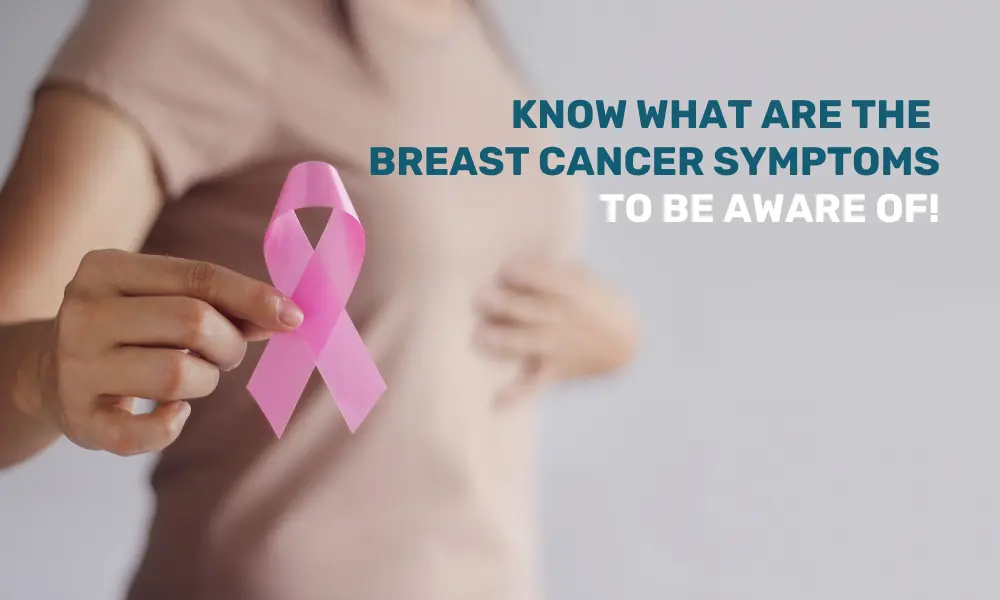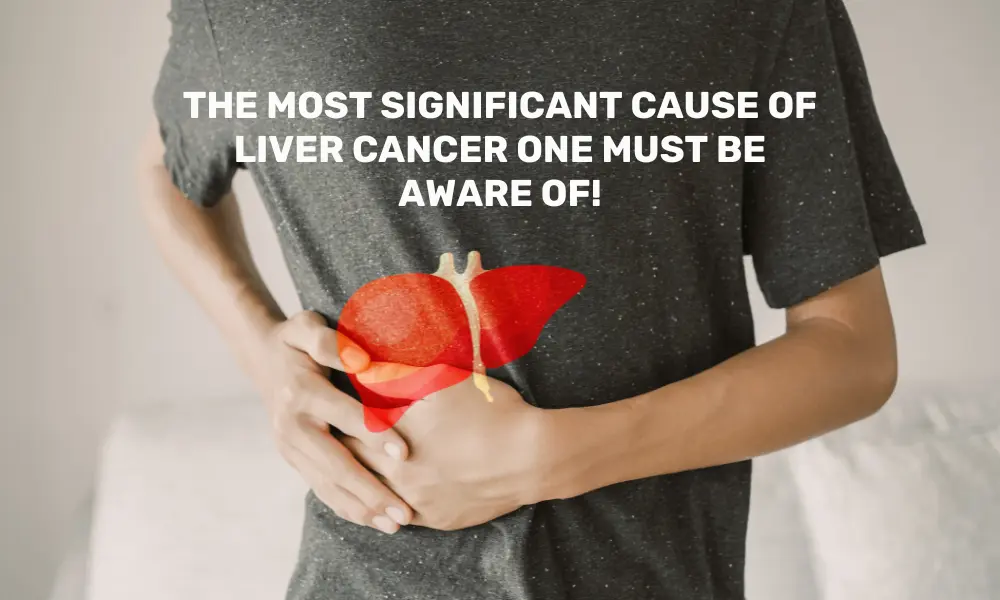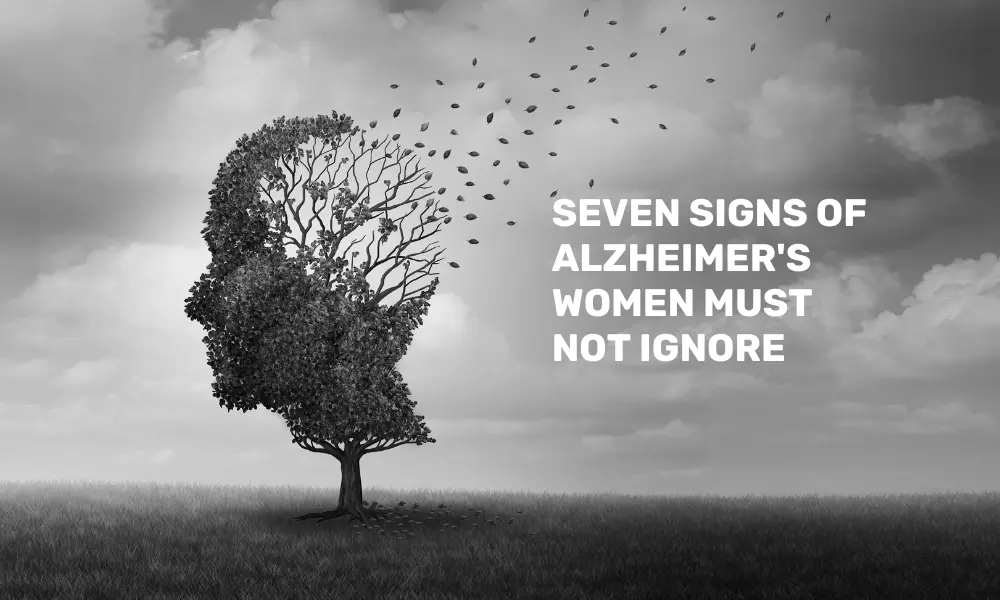According to WHO, in 2020, 2.3 million women were affected by breast cancer, of which 6,85,000 died due to this disease. Breast cancer can occur in women of any age but is more prevalent in older age groups.
But the good news is that breast cancer is curable if detected early. One must have a clear understanding of the risk factors that can trigger the risk of breast cancer.
Modifiable risk factors
Certain risk factors that can be controlled to reduce the risk of breast cancer may include:
-
Radiation exposure
-
Smoking
-
Alcohol consumption
-
Oral hormonal contraception without a doctor’s supervision
-
Discontinuation of breastfeeding at an early stage
Non-modifiable risk factors
According to WHO, breast cancer mainly occurs in women, and only 0.5-1 % of men suffer from it. Genetic predisposition also plays a significant role—high-penetrance gene mutations in BRCA-1, BRCA2, and PALB-2 cause this disease.
What are the symptoms to look for?
-
Check for lumps in the breast, but not all lumps can be cancerous.
-
Any changes in the color of the skin over the breast with no history of injury
-
Any retraction of the nipple
-
Any bloody discharge per nipple
-
Retraction of the skin over the areola
All women above the age of 20 years should self-examine their breasts once a month, preferably after the beginning of the menstrual cycle.
On inspection, they should look for skin color changes, puckering of the skin, and retractions of the nipple-areola and, in palpation, confirm if there is any underlying swelling and discharge from the nipple.
For examining the breasts, one should stand and use the techniques below:
Inspection: Stand in front of the mirror, exposing the breasts, and observe with arms hanging by the side, arms held over hips, and arms raised above shoulders.
Palpation: For the right breast, raise the right arm above the shoulders, use the palmar surface of the middle three fingers of the left hand, start palpating clockwise from outwards in a spiral direction, and reach up the nipple.
It is done vice versa on the left side. Palpate with pressure given superficially first, then intermediate, and finally deep to feel the area beneath the skin for deeper tissue exploration. It can be done in a lying position, too.
If there are any noticeable visible changes over the breast, any discharge per nipple, or any lump felt, one should approach a doctor.
Remember that a lump that appears in the breast during breastfeeding may be a sign that the milk supply or flow is blocked. If this situation persists even after a few days, consult a doctor.
Let’s further delve into the various factors to consider when assessing the seriousness of a breast lump.
-
Family history: If you have a family history of breast cancer or other risk factors, such as a personal history of breast cancer or genetic mutations (e.g., BRCA1 or BRCA2), any new lump in your breast should be evaluated promptly.
-
Age: While breast cancer can occur at any age, the risk increases with age. Women over the age of 40 should be particularly vigilant about breast health and report any concerning changes to their healthcare provider.
-
New lump or mass: If one notices a new lump or mass in the breast, it’s essential to have it evaluated by a healthcare professional. While many breast lumps are benign (non-cancerous), it’s crucial to rule out any concerning issues.
-
Persistent lump: If a lump in the breast persists for over a few weeks, it’s a cause for concern. Most benign breast lumps fluctuate with our menstrual cycle and may resolve independently. However, if a lump remains unchanged or continues to grow, it warrants further evaluation.
-
Changes in size or shape: Any changes in the size or shape of a breast lump should be taken seriously. This includes changes in texture or any associated skin changes such as dimpling, puckering, or redness.
-
Painful lump: While many benign breast lumps are not painful, the presence of pain does not rule out the possibility of breast cancer. If you have a painful lump in your breast, it is essential to have it evaluated by a healthcare professional.
-
Nipple discharge: If you notice nipple discharge (other than breast milk if you are breastfeeding) or any other changes in your nipples, it’s essential to have it assessed by a healthcare provider.
Remember that most breast lumps are benign, but it’s crucial not to ignore any changes in the breasts. Early detection and prompt evaluation are essential in diagnosing and treating breast cancer effectively. If one notices any concerning changes in the breasts, one must not hesitate to contact a healthcare provider for evaluation and guidance.
Lifestyle tips to prevent the risk
1. Having a balanced and nutritious diet is important
2. Keep the weight closer to the ideal body weight
3. Include adequate physical activity in the routine
4. It may be difficult to avoid stress, but you can choose how to tackle it
5. Mindful movements through Taichi and yoga help one to perceive stress with a positive attitude.





